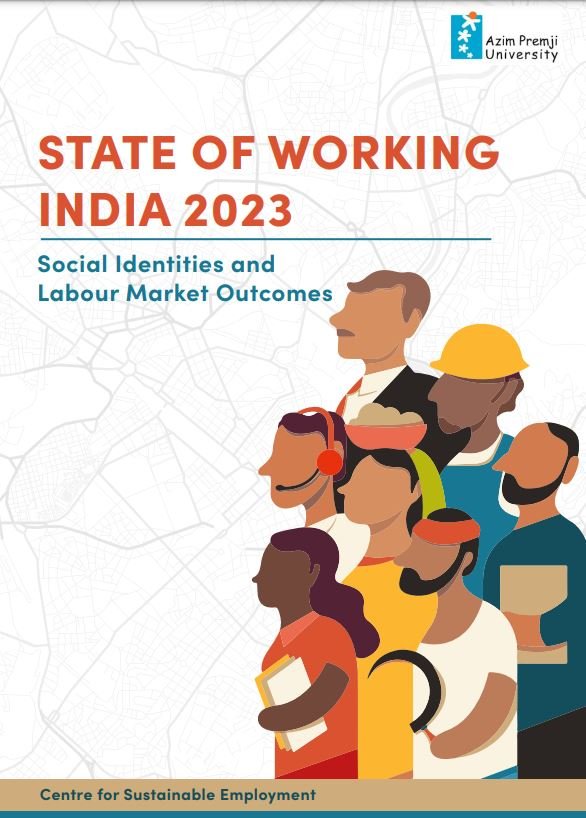Post-Covid the unemployment rate is lower than it was pre-Covid, for all education levels. But it remains above 15% for graduates and more worryingly it
touches a huge 42% for graduates under 25 years. State of Working India 2023 reports.

The Indian story of economic growth and structural transformation has been one of significant achievements as well as continuing challenges. The economy has grown rapidly since the 1980s, drawing millions of workers out of agriculture. And the proportion of salaried or regular wage workers has risen while that of casual workers has fallen.
Using data from the Periodic Labour Force Survey 2021-22, the report says, that there is a large variation in the unemployment rate within the higher-educated group. As the age of the graduates increases, the rate of unemployment falls. The unemployment rate is 4.5 per cent for graduates in the age group of 35 to 39 years and declines further to 1.6 per cent for graduates who are 40 years of age and above.
The report makes use of official datasets such as the NSO’s Employment-Unemployment Surveys, the Periodic Labour Force Surveys, the National Family Health Surveys, the Annual Survey of Industries, and the Economic and Population Censuses.

Faster structural change
After stagnating since the 1980s, the share of workers with regular wage or salaried work started increasing in 2004, going from 18% to 25% for men and 10% to 25% for women. Between 2004 and 2017, around 3 million regular-wage jobs were created annually. Between 2017 and 2019 this jumped to 5 million per year. Since 2019, the pace of regular-wage job creation has decreased due to the growth slowdown and the pandemic.
Gender-based earnings disparities have reduced
In 2004, salaried women workers earned 70% of what men earned. By 2017 the gap had reduced and women earned 76% of what men did. Since then the gap has remained constant till 2021-22.
Unemployment is falling but remains high
Post-Covid the unemployment rate is lower than it was pre-Covid, for all education levels. But it remains above 15% for graduates and more worryingly it touches a huge 42% for graduates under 25 years.
Gender norms continue to be significant for women’s employment
As the husband’s income rises, women are less likely to work. In urban areas, after the husband’s income crosses ₹40,000 per month, the chance of the wife working increases again.
Compared to households where there is no mother-in-law present, married women living in households where the mother-in-law is present but not employed are 20% (rural) to 30% (urban) less likely to be employed. However, if the mother-in-law is employed herself, daughters-in-law are 50% (rural) to 70% (urban) more likely to be employed.







